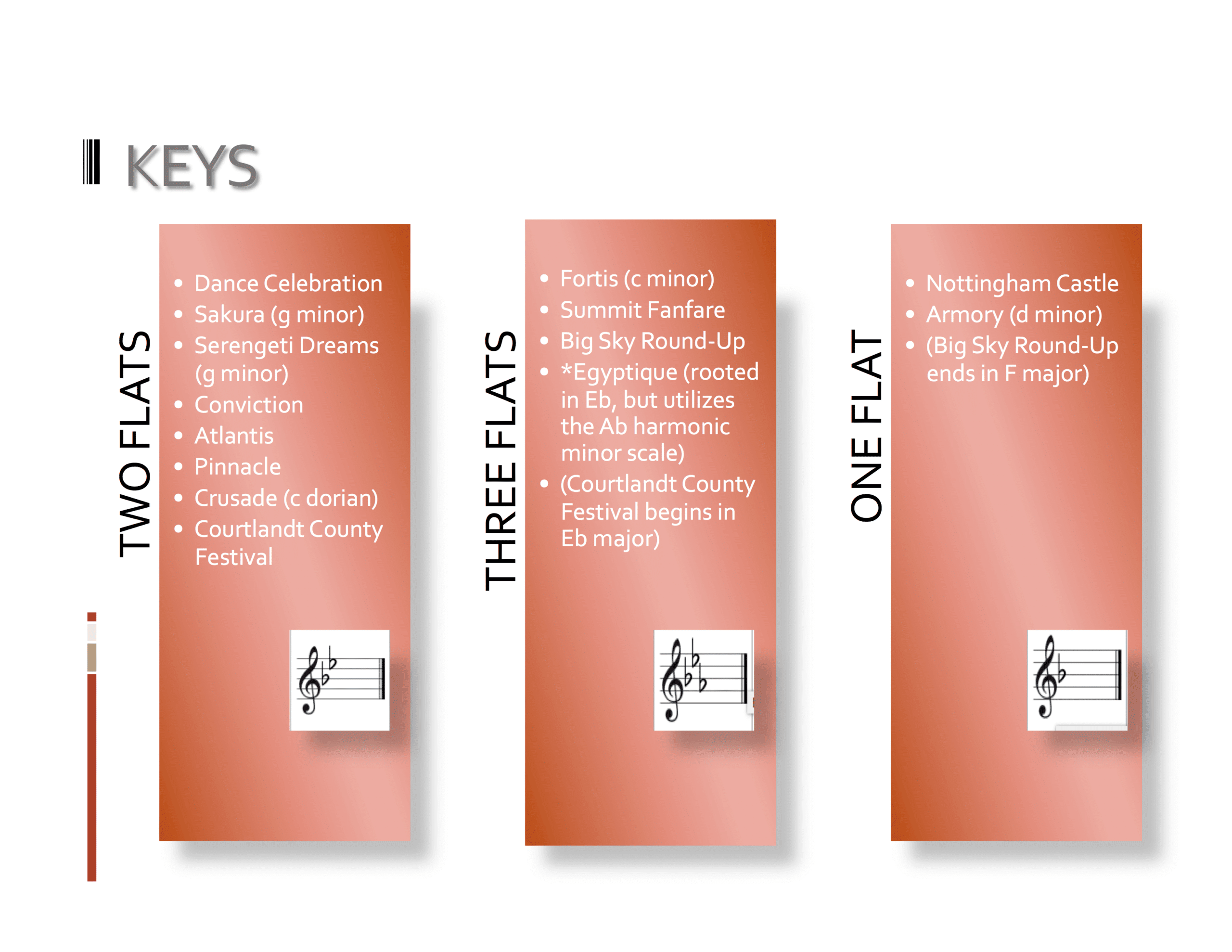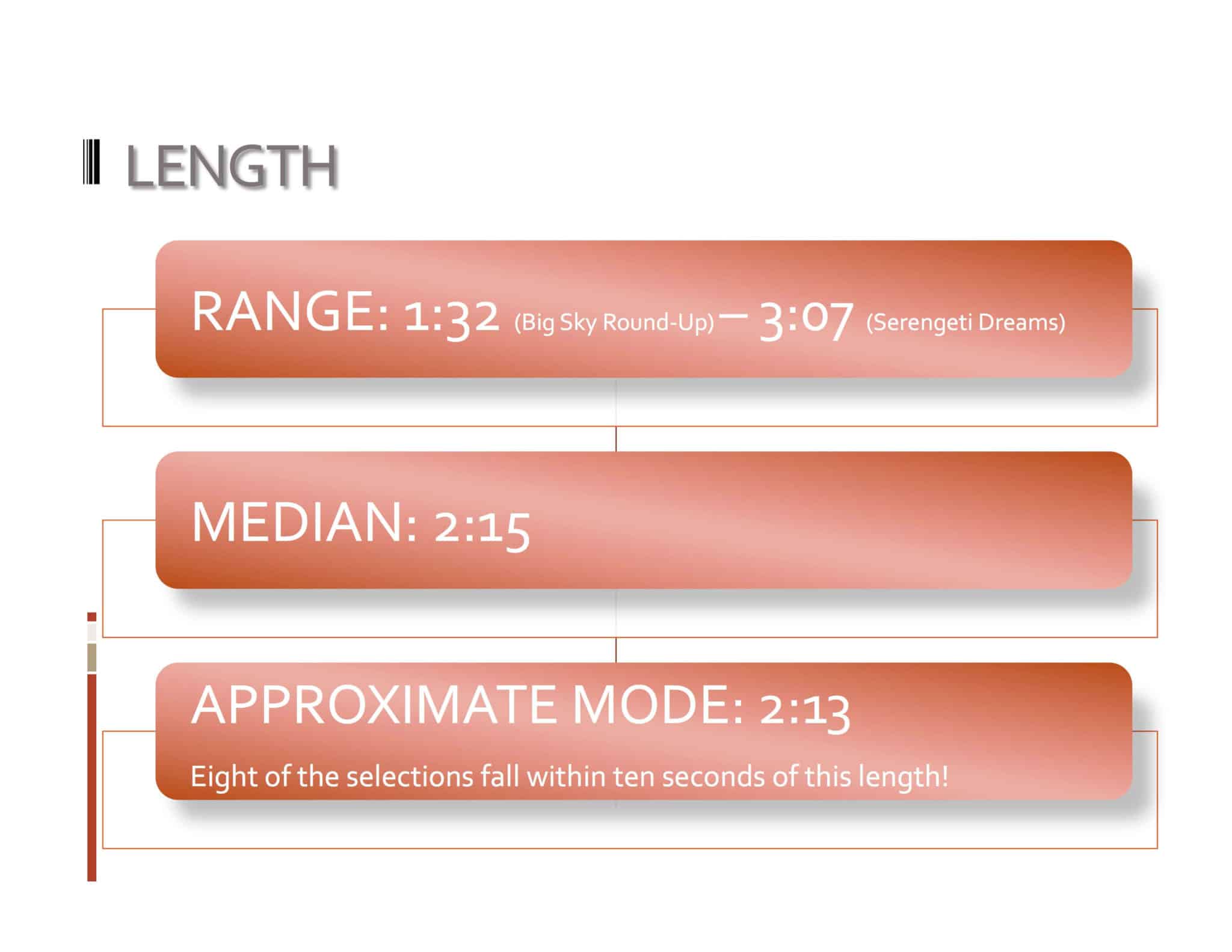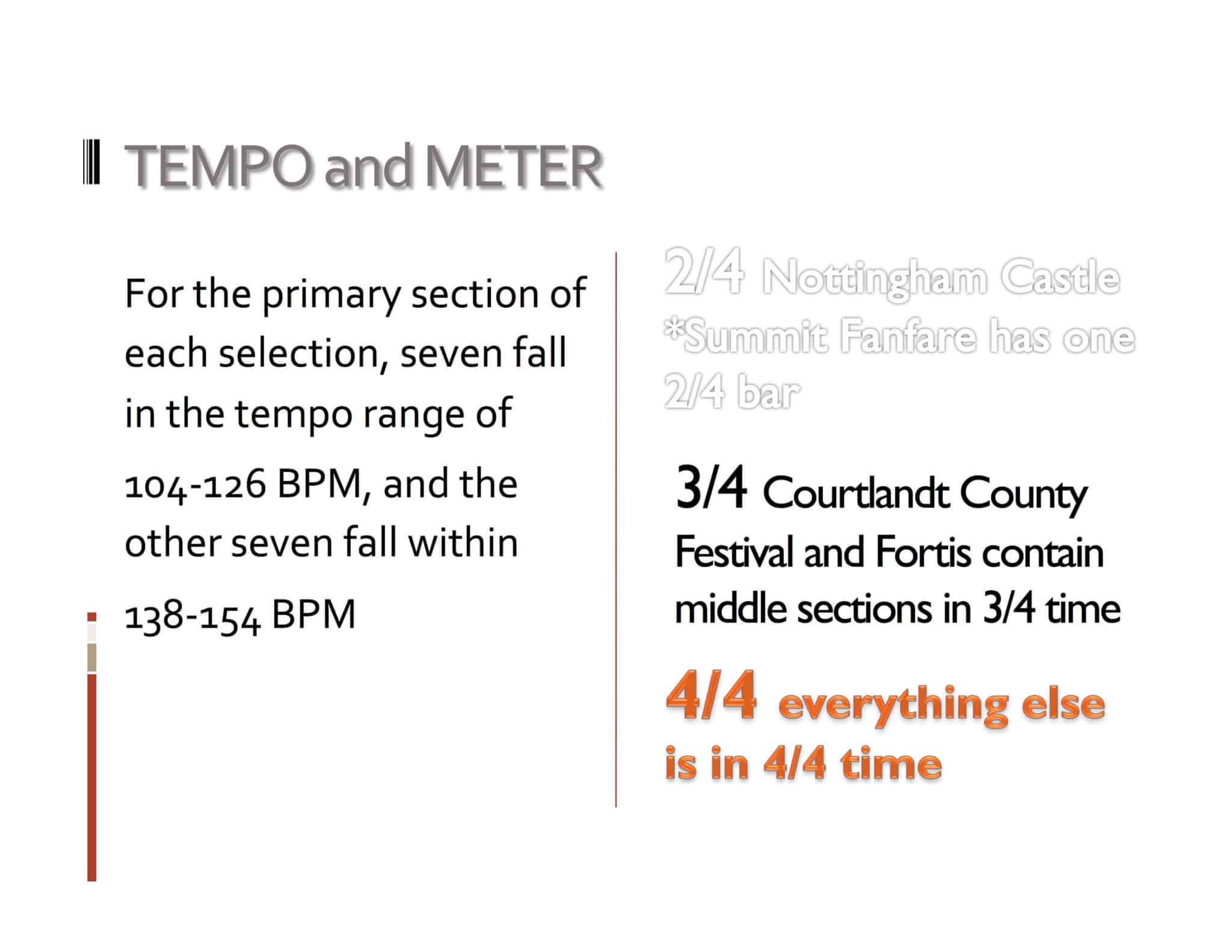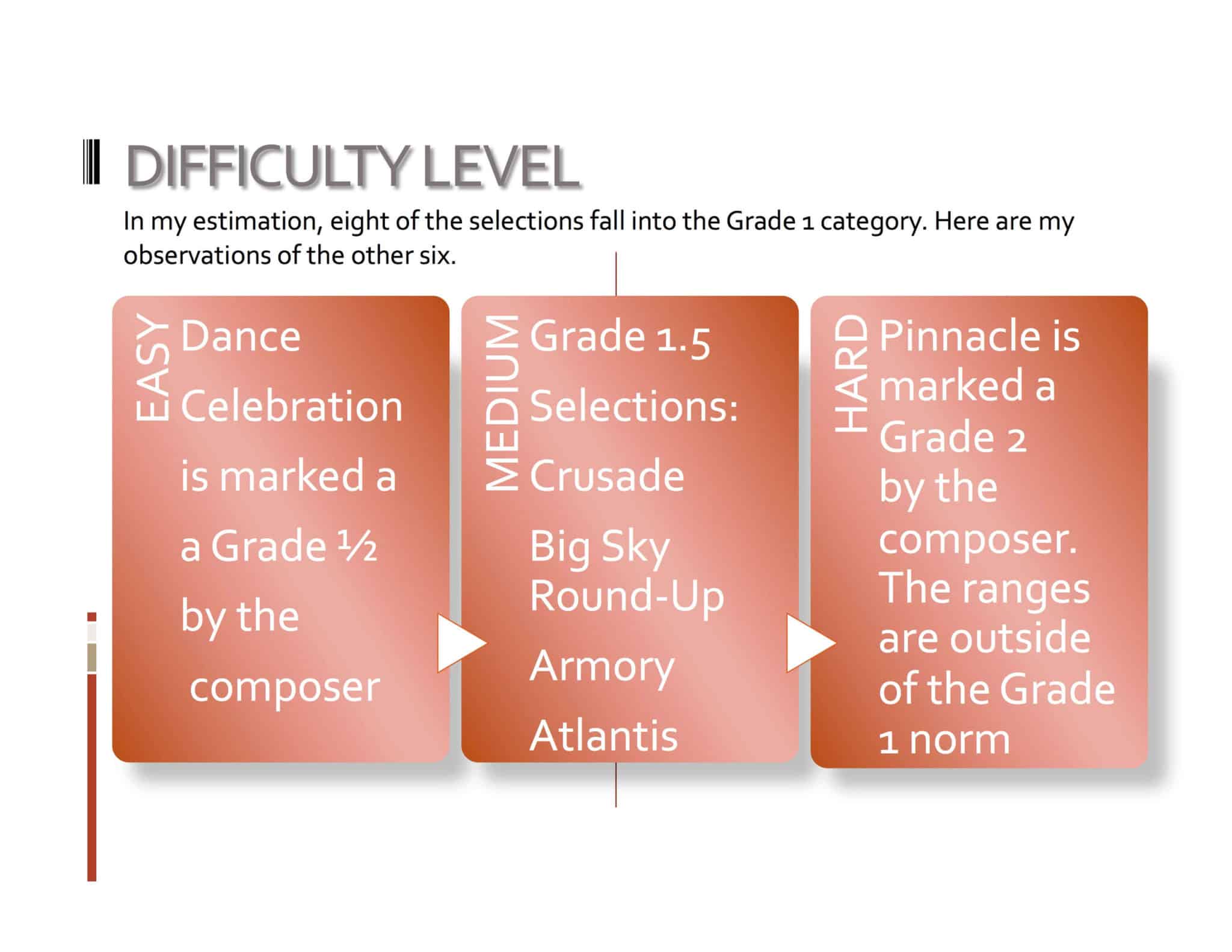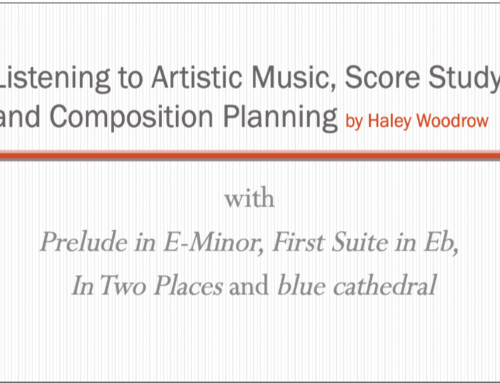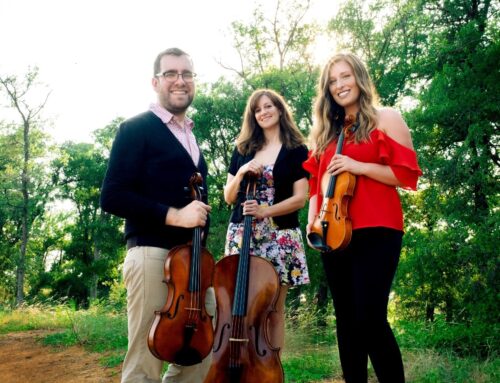Grade 1 Band
A comparison of the most performed pieces from the Texas Prescribed Music List
Education • Updated June 19th, 2022
As a follow-up to the blog I wrote, entitled My Texas PML Project, this article will discuss thirteen of the most played works in the Grade 1 Band category of the Texas Prescribed Music List (PML). I have been intensively studying scores to find patterns as to what the most popular pieces have in common, as well as what makes each piece unique. This part 1 article will discuss the patterns I have discovered in comparing the pieces in terms of key, meter, tempo, difficulty level, theme, length, ranges, melody and harmony.
A simple search in the texasmusicforms.com website yielded this result, showing the top Grade 1 selections played at for the 2017 UIL contest. Here is the list of (most of) the works in order of the most played:
Range
As a baseline for range, let’s use the rubric from FJH music company:
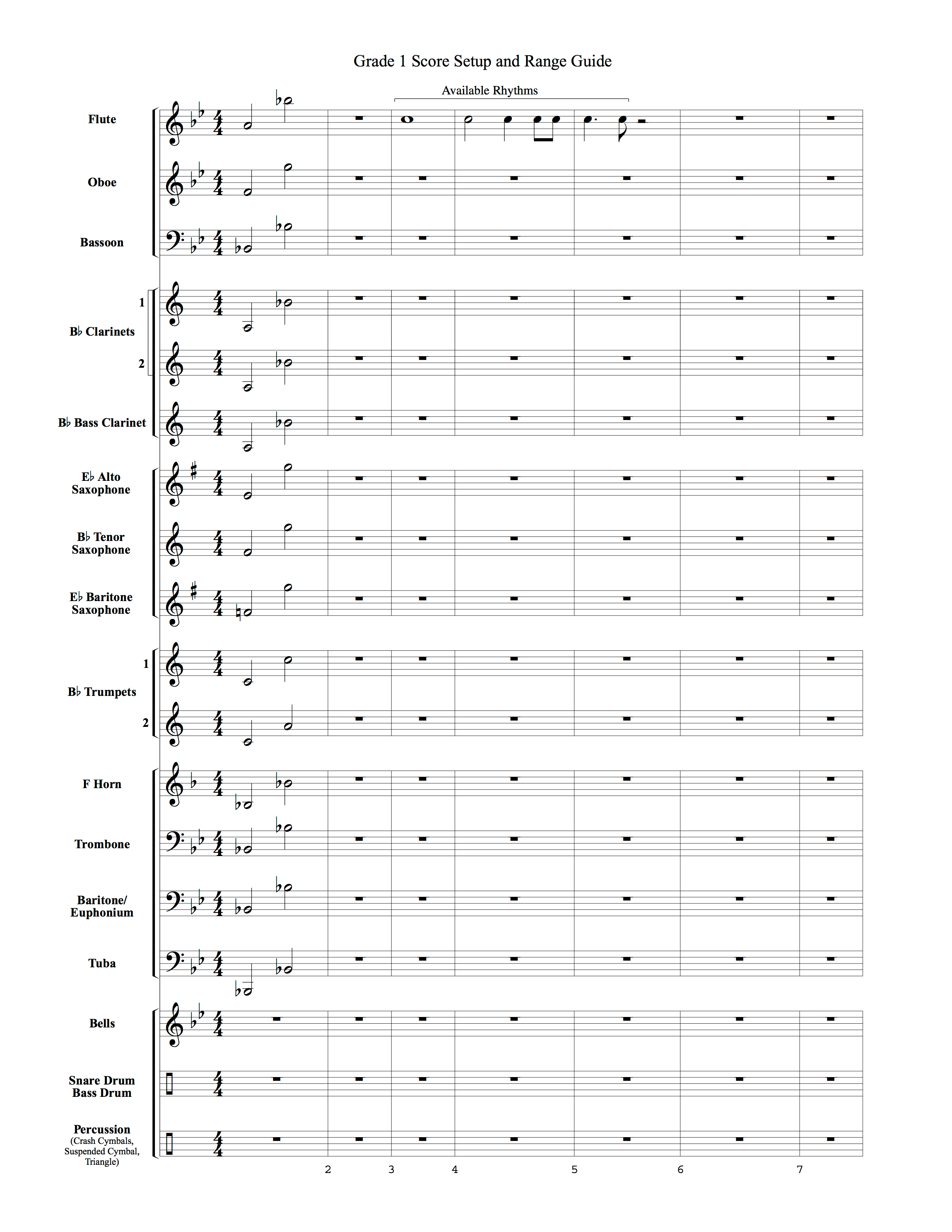
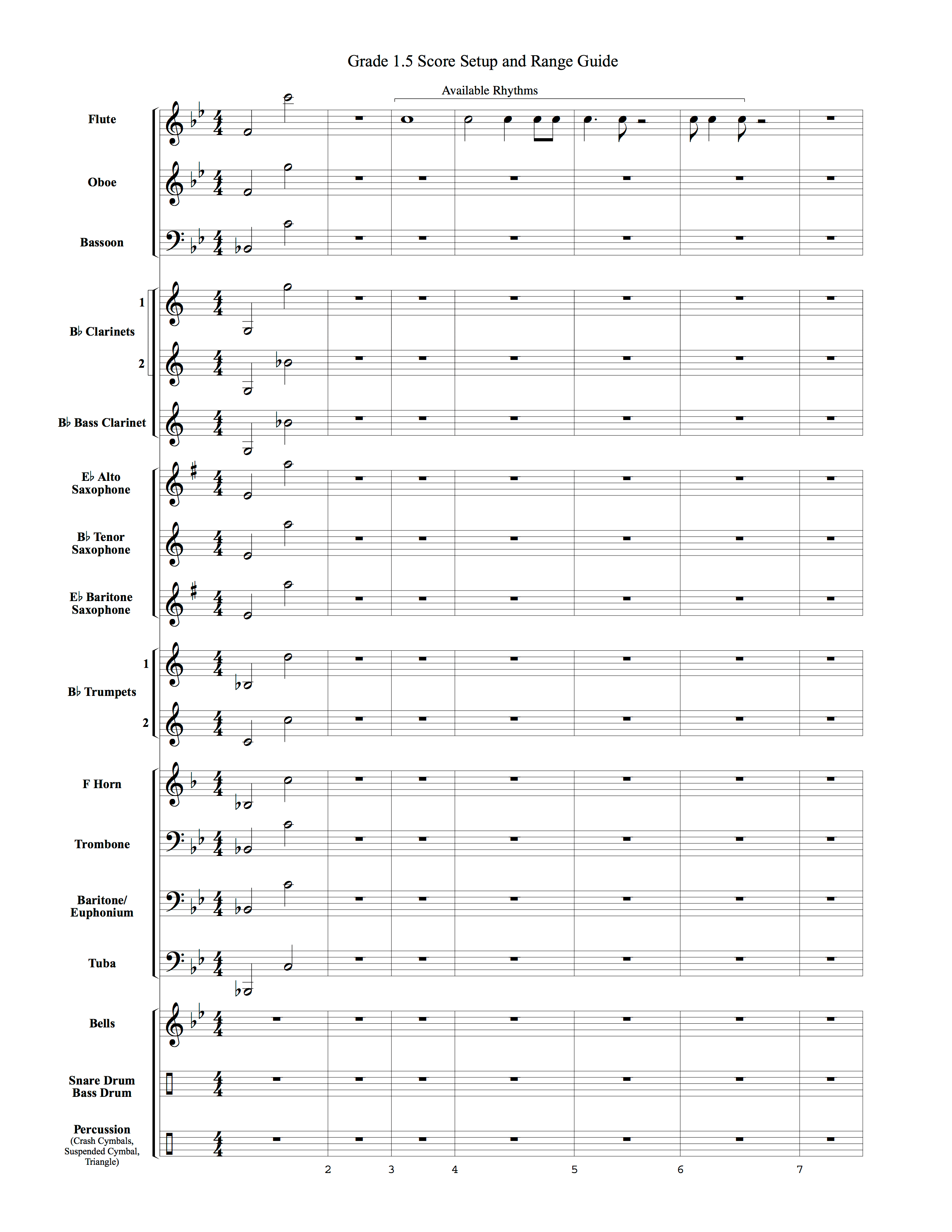
And as a side note, these range guides help me with creating my famous keyboard map. I use the colors to place the ranges – blue is for tuba, baritone saxophone, bassoon, bass clarinet, trombone and euphonium. Purple is for alto and tenor saxophones as well as french horn. Clarinet is yellow, and flute and oboe are pink. I am a trumpet player, so although the trumpets are blue, this color is arbitrary for me as I’m intimately familiar with the range!
Since five of the pieces very possibly fall into the Grade 1.5 category, this allows for a slightly wider range from nearly all of the instruments. The most common deviance I encountered from the FJH range guide were Ab’s in the first octave for tuba, and optional notes above the fifth octave Bb for flute. A significant exception to the usual range of french horn (shown with the purple stickies from Eb3 to Eb4 in the picture), is Fortis by Gary Gazlay. Gazlay utilizes the horns up to the concert Ab in the fourth octave, so if you have a particularly strong horn section, this would be at least one reason Fortis would make an excellent choice!
Rob Grice’s Pinnacle uses the widest ranges of all the pieces with nearly every instrument significantly outside of the Grade 1/Grade 1.5 ranges. But, as you saw in the slide on Difficulty Level – Grice labels this work as a Grade 2, so this work might fit your band well if your students are comfortable with a wide range and are looking for a challenge! One unique characteristic of Pinnacle is the the melodic development – utilizing a wider range allows for the melody to first be presented in the saxophones, clarinets and horn. It is then repeated in the flute and trumpet with a few modifications that are still melodically pleasing, but also accommodates the ranges well. Check it out in the video below in the Melody and Harmony section of the blog.
Here is a look at the melodic range of each of the fourteen selections:

Melody and Harmony
I have a lot to say about both these subjects with so many selections to consider, and here are few highlights.
Melodic phrasing is a huge consideration with young players. Most melodies are phrased in four bar phrases, with frequent two or four bar extensions at the end of phrases. Fortis makes good use of this in between sections of the work. Operating within four bar phrases, in wonderfully creative fashion, William Owens amazes me at the way he habitually combines lines in a way that are playable AND interesting. However, some genres do not lend themselves well to four bar phrasing, like folk music, for instance. Michael Story’s Sakura demonstrates well-constructed asymmetrical phrasing for young band. Vince Gassi also does something interesting in his work Crusade, where he approaches his melodic content mainly as motifs. Check out a short clip of all four of these pieces to see the music in action:
Although there is some variance, but not a huge variance in the length, phrasing and structure of melodies in this group of works, there is a very large variance in the use of harmony. Parallel chords in minor make a strong statement in Randall Standridge’s Armory. Robert W. Smith’s Serengeti Dreams also features a minor key, but with a more modal approach, take or leave an accidental here and there. William Owens’ Egyptique utilizes borrowed chords and interesting harmonies, thanks to his use of the fifth mode of the Ab harmonic minor scale. Robert Sheldon uses rapidly changing chords as the bass walks up in Big Sky Round-Up. Anne McGinty’s popular work, Atlantis highlights extended chords and borrowed chords. Finally, take a look at Nottingham Castle by Larry Daehn, which pivots back and forth from the relative minor and major keys. Check out this, video which includes a harmonic analysis of the seven mentioned in this paragraph, as well as Pinnacle by Rob Grice:
